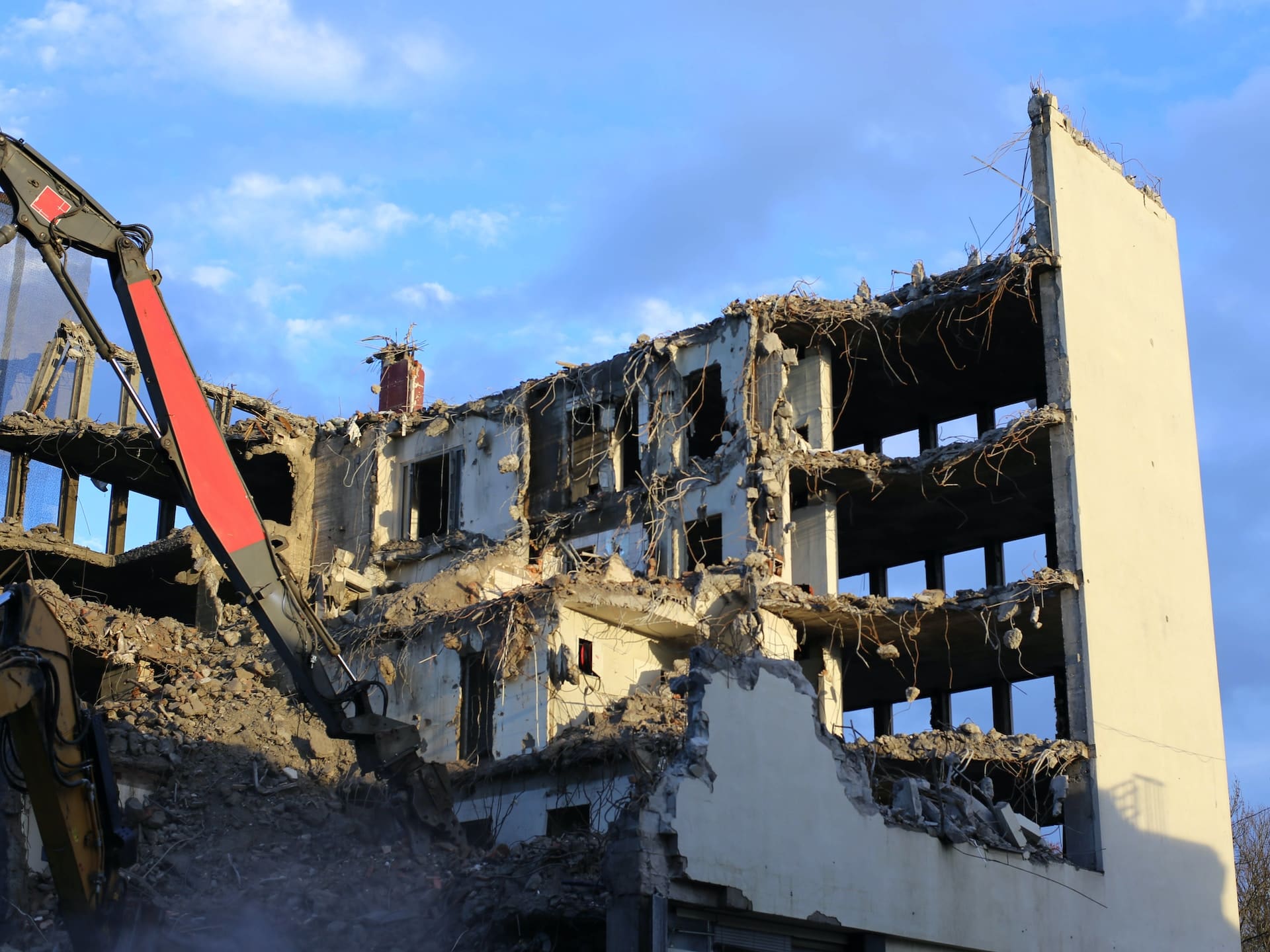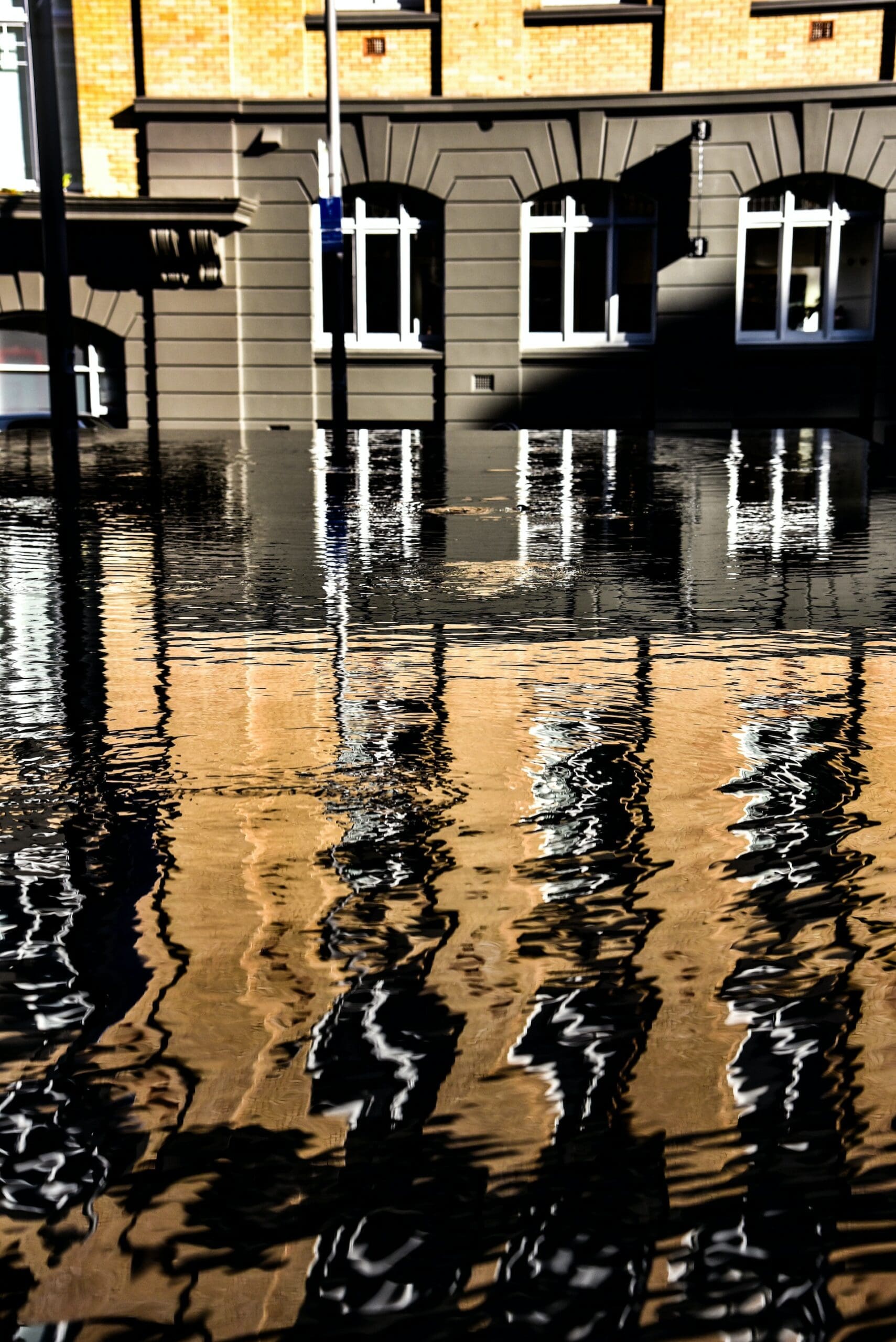Water damage is a pervasive issue that can affect homes and buildings at virtually any time. The effects of water damage can be devastating, leading to costly repairs and replacements, as well as potential health risks. Understanding the most common forms of water damage can help in identifying and addressing these issues early on, preventing further damage. Here are the five most common forms of water damage:
1. Plumbing Leaks
Plumbing leaks are one of the most frequent forms of water damage. They can occur due to a multitude of reasons, including regular wear and tear over time, improper or faulty installation, or even due to the freeze-thaw cycle in colder climates. This last cause is particularly prevalent, as water expands when it freezes, putting pressure on the pipes and potentially leading to leaks or bursts.
The damage caused by plumbing leaks can be significant if they are not detected and addressed early. For instance, water seeping out can lead to structural damage by soaking into the walls, floors, or ceilings, weakening their structure and stability. Moreover, damp and wet conditions make the perfect breeding ground for mold and mildew, which can have serious health implications.
2. Burst Pipes
Burst pipes are another common source of water damage. This typically occurs during cold weather when the water inside the pipes freezes and expands. The expansion puts pressure on the pipe until it bursts, releasing a large amount of water into the property.
This can lead to substantial water damage, particularly if it occurs when the property is unattended. Water from burst pipes can flood rooms, damaging carpets, furniture, and electrical systems. The scale of the damage can be overwhelming and can require extensive repair and restoration work.
3. Roof Leaks
Roof leaks are a prevalent cause of water damage, particularly in older properties. Water can seep through damaged or missing shingles, causing extensive damage over time. The water can affect the attic, insulation, and eventually make its way to the interior of the property, staining ceilings and walls and damaging personal belongings.
Regular roof inspections can help to prevent this form of water damage. By identifying and fixing roof issues early, you can prevent water from getting into the property and causing damage.
4. Flooding
Flooding is a significant cause of water damage, particularly in low-lying areas or properties with poor drainage systems. Flooding can occur due to various causes, including heavy rainfall, rapid snowmelt, or even due to a burst pipe or sewer backup.
Flood damage can be particularly severe, as it often involves large volumes of water, and in many cases, this water is contaminated. Dirty floodwater can lead to health risks and requires professional cleanup to ensure all harmful substances are removed from the property.
5. Appliance Leaks
Appliance leaks are a common form of water damage. This can occur when appliances like dishwashers, washing machines, or water heaters malfunction, releasing water into the property. Water from appliance leaks can cause damage to floors, walls, and personal belongings.
It’s also worth noting that appliance leaks can often go unnoticed, especially if the appliance is in an area that isn’t frequently used. As such, it’s crucial to regularly check these areas for any signs of leaking or water damage.
The Importance of a Reputable Restoration Company
Dealing with water damage can be overwhelming, but it’s important to remember that you’re not alone. Finding a reputable restoration company to assist with the cleanup and restoration process can make a big difference. These professionals have the necessary expertise and equipment to handle water damage safely and efficiently.
Conclusion
It’s crucial not to attempt to handle water damage cleanup on your own. Water damage can be hazardous, especially when it involves contaminated water or mold growth. Furthermore, there’s a risk of not properly addressing all the damage, which can lead to more serious issues down the line. A professional restoration company can conduct a thorough assessment of the damage, implement a detailed cleanup and restoration plan, and ensure that all aspects of the damage are properly addressed. This can not only save you time and effort but also help prevent further damage and potential health risks.
As a new home owner, I couldn’t have asked for a better company. Lou and his team made my hard situation an easy and stress…Read More » a month ago via Google Alisha T We recently had major water damage in our home, affecting the entire kitchen, dining room, and basement. Louis from Upper Restoration showed up quickly, assessed…Read More » 2 months ago via Google Cathy Choi We recently sustained some damage to our roof and our central air system due to a storm. Upper Restoration had to open our ceiling to…Read More » 2 months ago via Google Chimere Luke I had the pleasure of working with Upper Restoration and their incredible team during a recent project for my home after a flood, and I…Read More » 8 months ago via Google Lewis James Lirosi


